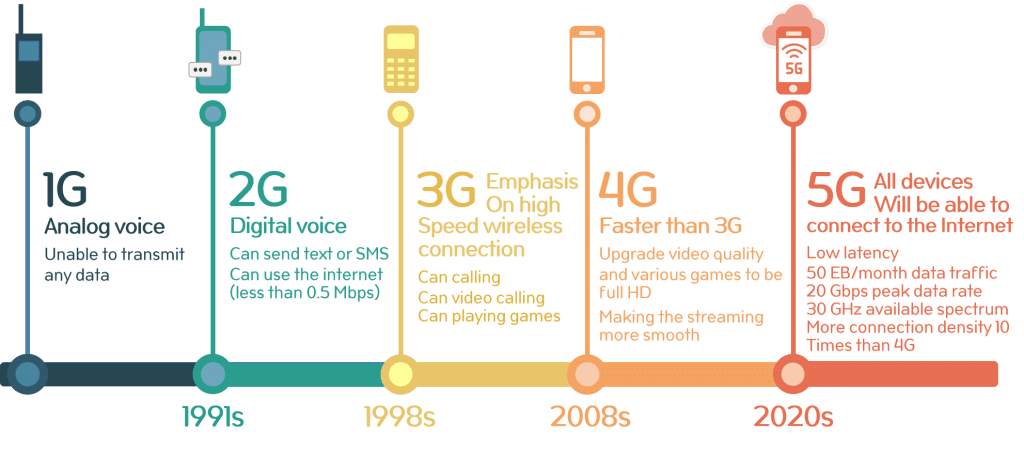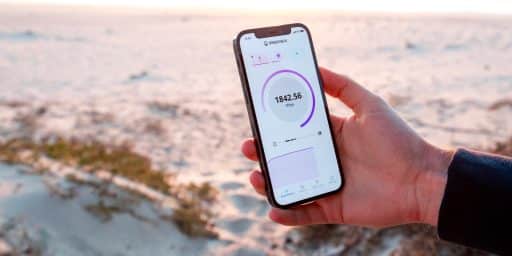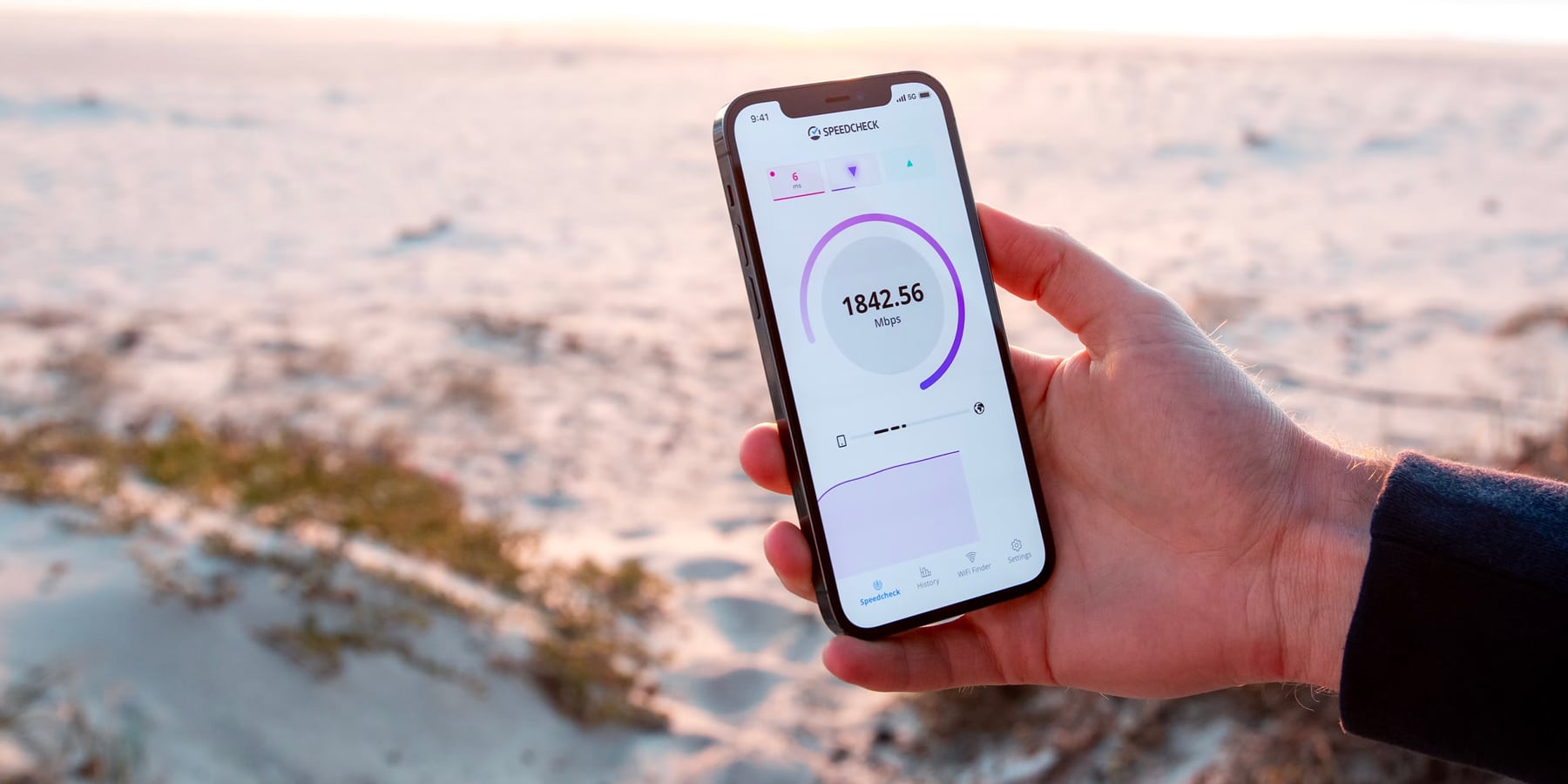From 1G to 5G and beyond
Mobile communication technology has come a long way since the first generation (1G) of wireless technology was introduced in the 1980s. Today, we are on the cusp of the fifth generation (5G) of mobile communication technology, which promises to be faster, more reliable, and more efficient than its predecessors. In this blog post, let’s take a look at the evolution of mobile communication technology from 1G to 5G.
Barthy – Geeklab
The evolution of mobile communication technology from 1G to 5G has been a remarkable journey that has transformed the way we connect with each other, ushering in a new era of faster, more reliable, and efficient communication.
1G: Analog Technology for Voice Communication
The first generation of mobile communication technology was analog and used primarily for voice communication. The technology was bulky, expensive, and had limited coverage. However, it was a significant breakthrough at the time, as it allowed people to communicate wirelessly for the first time.
2G: Digital Technology with Text Messaging
The second generation (2G) of mobile communication technology was introduced in the 1990s and was digital. 2G enabled users to send and receive text messages, and it was much more efficient than 1G in terms of bandwidth usage. The introduction of 2G also paved the way for data transmission, although it was limited to very slow speeds.
3G: Mobile Internet Access and Video Calling
The third generation (3G) of mobile communication technology was introduced in the early 2000s and was a significant improvement over 2G. 3G enabled mobile internet access and video calling, which was a game-changer for mobile communication. With 3G, users could browse the internet, check emails, and stream video on their mobile devices, although the speeds were still relatively slow compared to today’s standards.

4G: Faster Data Transmission Speeds and High-Quality Video Streaming
The fourth generation (4G) of mobile communication technology was introduced in the late 2000s and was a significant improvement over 3G. 4G enabled even faster data transmission speeds, making high-quality video streaming and online gaming possible on mobile devices. 4G also introduced the concept of network slicing, which enabled operators to allocate network resources based on the needs of specific services.
5G: Ultra-High-Speed Data Transmission and Massive Network Capacity
The fifth generation (5G) of mobile communication technology is the latest and most advanced technology to date. 5G is designed to be faster, more reliable, and more efficient than 4G. It uses a combination of different technologies, including higher frequency bands, advanced antenna systems, and network slicing, to deliver ultra-high-speed data transmission, low latency, and massive network capacity. With 5G, users can expect to see faster download and upload speeds, smoother video streaming, and more reliable connectivity.
The evolution of mobile communication technology from 1G to 5G has been a remarkable journey. From analog technology for voice communication to ultra-high-speed data transmission and massive network capacity, mobile communication technology has come a long way. With the advent of 5G, we can expect to see even more exciting developments in mobile communication technology, which will change the way we live and work.
Key Takeaways
- Mobile communication technology has evolved significantly from 1G to 5G.
- 1G was analog and primarily used for voice communication.
- 2G was digital and enabled text messaging.
- 3G enabled mobile internet access and video calling.
- 4G enabled faster data transmission speeds, high-quality video streaming, and network slicing.
- 5G is designed to be faster, more reliable, and more efficient than 4G, using advanced technologies to enable ultra-high-speed data transmission, low latency, and massive network capacity.
- Mobile communication technology will continue to evolve and change the way we live and work in the future.






